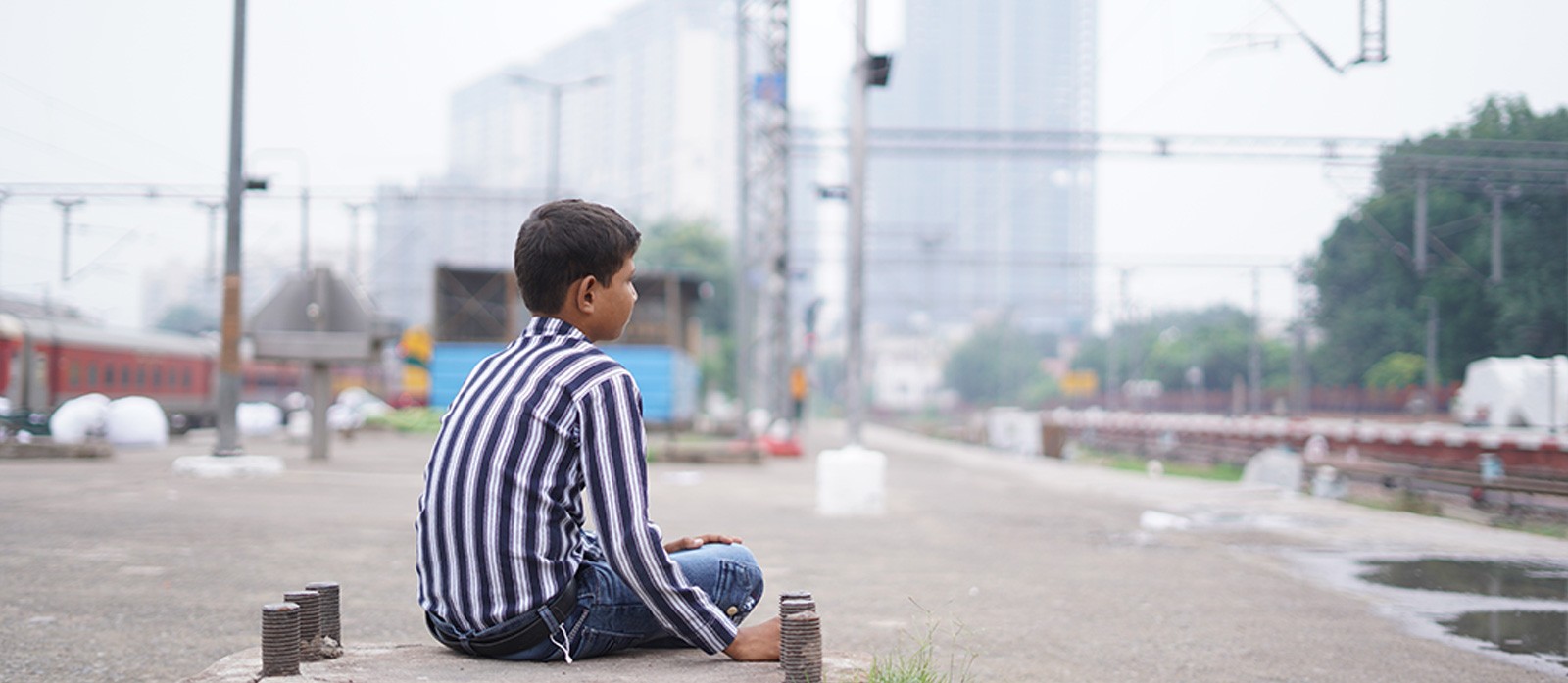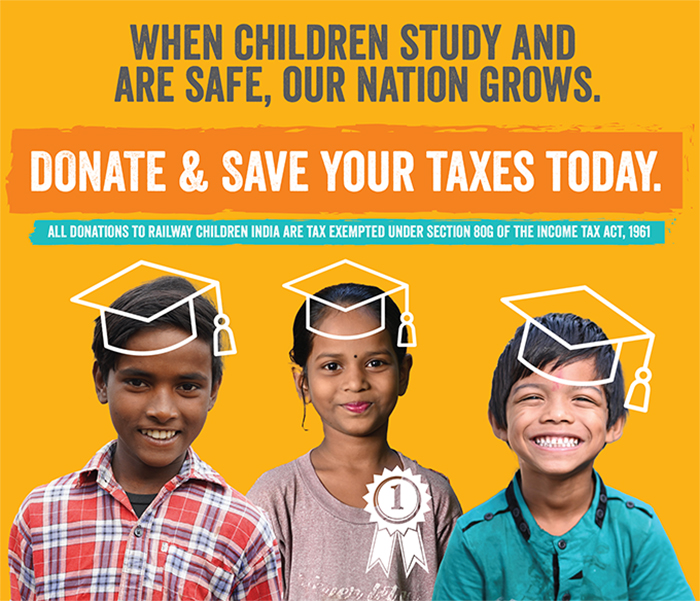Government hospitals are witnessing massive crowds in their emergency wards. Worried parents holding their infants, babies, and children are flocking to hospitals for nebulization needs, with complaints of incessant vomiting and trouble breathing. It is the toxic air, which has now become an annual visitor that is causing this flurry of very sick children and their concerned parents. Recently, in a twist to the snowballing situation, the government issued a notice for schools to remain shut and classrooms to go online.
What does bad air contain?
To put things in context, a common metric of air quality is particulate matter (PM)—a measure of the particles in micrograms per cubic meter.
PM 2.5 refers to the concentration of microscopic particles less than 2.5 microns in diameter and PM 10 refers to the concentration of particles less than 10 microns in diameter. These particles comprise airborne pollutants such as nitrogen oxides, sulfur dioxide, and volatile organic compounds (VOCs)—substances that can cause a lifetime of harmful health effects.
What are the effects of breathing toxic air?
While these pollutants cause undeniable damage to adults, they’re especially harmful to children. Between the ages of one and five years, the lungs and immune systems of children are beginning to develop. If children are exposed to such toxic pollutants at this stage, they face the risk of decreased lung function growth, increased susceptibility to respiratory infections and higher risk of developing chronic respiratory conditions in adulthood.
In the midst of a rapidly thickening blanket of toxic fumes came a jolting report, which equated breathing in Delhi’s air to smoking 49 cigarettes a day! The imagery of damaged lungs owing to severe smoking is not unknown to many. Now picture those lungs functioning in the bodies of our children and aging parents—individuals who never held a cigarette in their hands, but now face the brunt of global inaction.
What does the future hold?
A look at the broader picture though, reveals a trend that goes beyond certain cities and certain months of the year. Released on November 20, 2024, UNICEF’s State of the World’s Children 2024 warns that “children are confronting a more unpredictable, hazardous environment than any previous generation.”
The long-term effects of these harsh climate fluctuations are yet to come alive for the world to witness; however, their immediate effects are for all to see and take urgent action.
Measures to avoid stepping out of our homes unless necessary, or attending school online are only quick fixes, reactive band-aid solutions to a monumental challenge. We need answers for what we do when the heat spikes the thermometer or when the city’s by-lanes are flooded and cars are floating. We need long-term relief for children, senior citizens, and women—the most vulnerable sections of our society.
What can we do?
-
Demand revision in school holidays
It is time for parents’ armchair activism to break out of Whatsapp groups and move to roundtables with school administrations to consider altering/revising school breaks and academic calendars. Shortening summer vacations and extending winter holidays could be a feasible solution to keep our children safe and not hamper our academic outcome.
-
Demand climate action from heads of states
When the question of action arises, tax-paying citizens only receive an ugly blame game between parties. Climate action needs to be an important feature in the manifesto of every political party. We need to demand real solutions, not mere empty promises.
-
Demand concrete steps to prevent open-waste burning
Open waste burning is a major source of pollution. Improving waste management systems by enhancing recycling, composting, and better waste segregation is the need of the hour.
-
Demand stricter enforcement of laws
Violators of the law need to be penalized, for a firm message to be delivered that pollution is not child’s play
-
Collaborate with stakeholders to address pollution and take actions
Pollution is not a one-person cause-and-effect event. Working in collaboration with organizations, governments and systems is required to share knowledge, access technology, and thoroughly address pollution and climate change.





